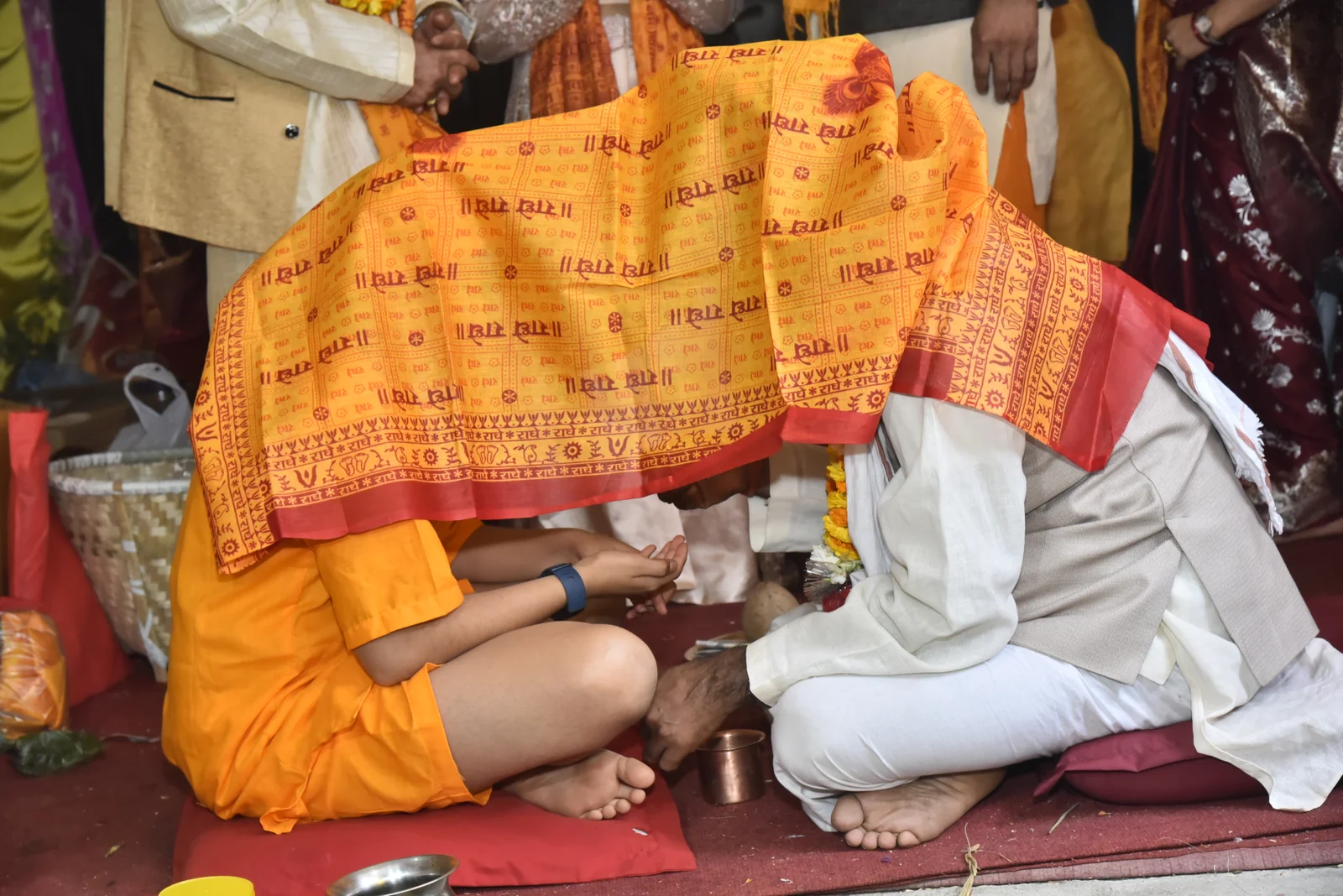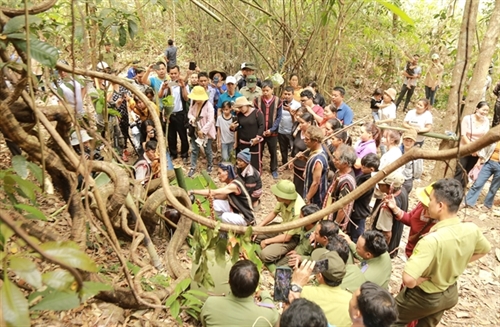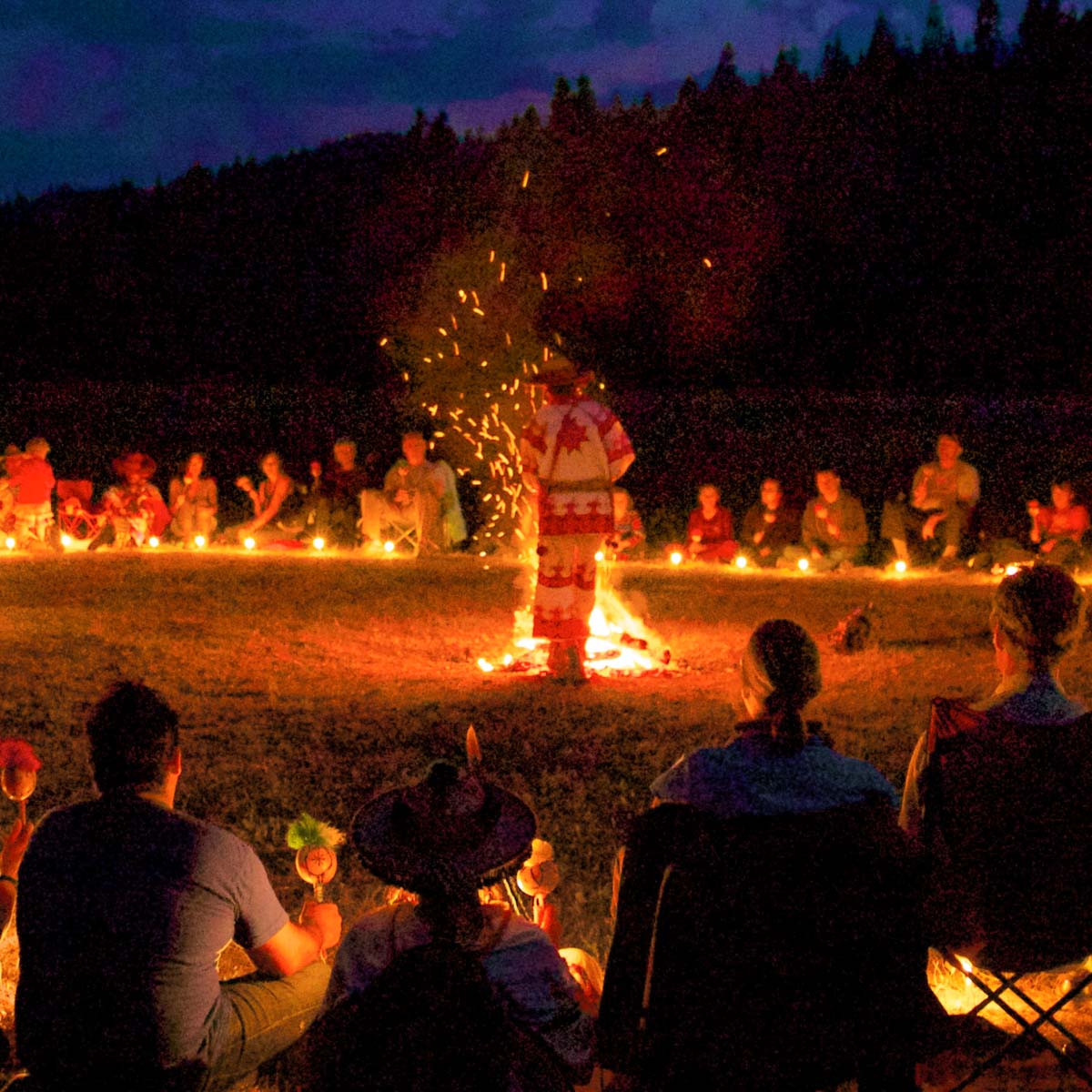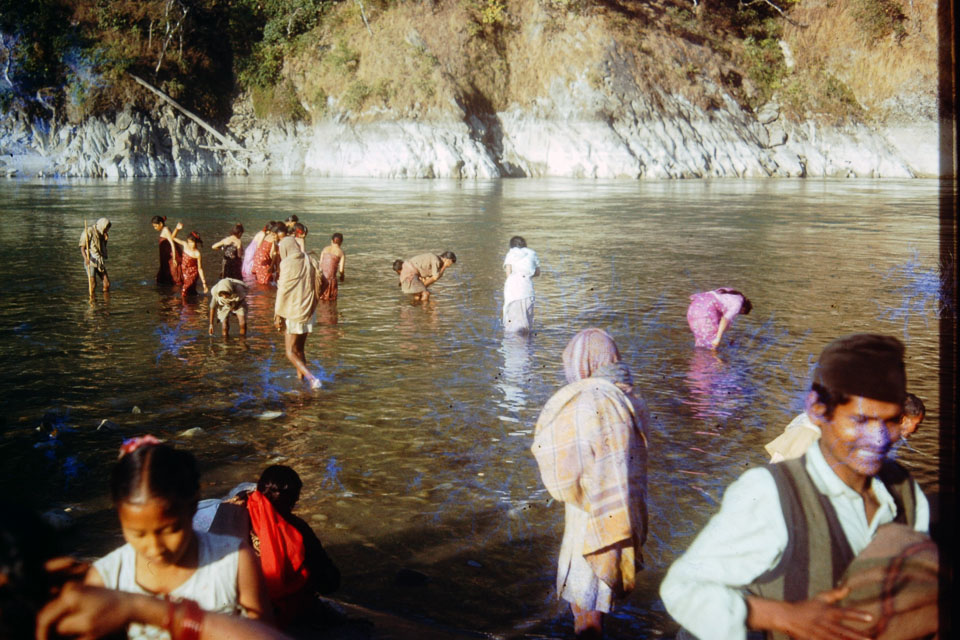Share this Article
Introduction
Deuda Naach is a unique and culturally significant form of traditional dance and song performed in the Karnali and Sudurpashchim provinces of Nepal rooted in the customs of the Khas community. This dance is performed in a circular formation with participants holding hands and singing Deuda songs. The rhythmic movements and soulful lyrics of Deuda Naach reflect the social, cultural and historical heritage of the region, making it an integral part of the lives of the people who inhabit these areas.
Origin and History
The word Deuda is believed to have originated from the term that means “god” signifying its deep cultural and religious association. This folk tradition dates back centuries and has been passed down through generations as a means of storytelling, celebration and social bonding.
Deuda Naach is especially popular in districts like Dailekh, Kalikot, Jumla, Achham, Bajhang, Doti, Dadeldhura, Baitadi, Bajura and Darchula, where it is performed by group of male and female during the feasts and festivals like Gaura Parva and other various festivals and celebrations. It has also found its way into certain regions of Uttarakhand, India, particularly in the Kumaon Division, due to historical and cultural connections between the two regions.
Performance and Significance
Deuda Naach is performed by both men and women who gather in a circle, holding each other’s hands and swaying rhythmically while singing Deuda songs. The music is rich in folk melodies, with lyrics often depicting love, bravery, mythology, social issues and moral teachings.
One of the most significant aspects of Deuda Naach is its role in festivals and community gatherings. It is an essential part of Gaura Parva, a festival dedicated to the goddess Gaura, which is widely celebrated in western Nepal. The dance serves as an expression of devotion, joy and unity among the people. Other occasions where Deuda Naach is performed include weddings, feasts and regional fairs, where it fosters social bonds and promotes a sense of togetherness.
Variations of Deuda Songs
There are different variations of Deuda songs, each carrying unique elements of storytelling and emotions. Some of the most popular types include:
- Bhajan Deuda – Devotional songs dedicated to gods and goddesses.
- Vir Deuda – Songs that narrate heroic tales and legendary stories.
- Prem Deuda – Romantic and emotional songs.
- Samajik Deuda – Songs highlighting social issues and moral lessons.
Each of these variations carries historical and emotional depth, reflecting the lifestyle and beliefs of the people of western Nepal.
Cultural and Social Importance
Deuda Naach is not merely a dance, it is a symbol of cultural identity and tradition. It plays a crucial role in preserving oral literature, as many historical events and traditional stories have been passed down through these songs. The performance of Deuda also allows younger generations to learn about their heritage, ensuring the survival of this art form.
Socially, Deuda Naach fosters inclusivity and harmony among people. It is performed in a group setting where individuals, regardless of age or background, participate equally. This communal aspect strengthens relationships and reinforces cultural values such as respect, cooperation, and unity.
Challenges and Preservation Efforts
Despite its rich history and cultural significance, Deuda Naach faces challenges in the modern era. Factors such as urbanization, migration and the influence of modern entertainment have led to a decline in its practice. Many young people are drifting away from traditional forms of music and dance, favoring contemporary genres.
To preserve Deuda Naach, several efforts are being made:
- Community initiatives: Local cultural groups and organizations are actively promoting Deuda Naach by organizing various festivals and performing
- Government support: The Nepalese government has recognized Deuda Naach as part of the nation’s intangible cultural heritage and is working towards its documentation and promotion.
- Digital media and education: With the rise of digital platforms, Deuda songs and performances are being shared online, helping to reach a wider audience and attract younger generations.
- School and University Programs: Educational institutions are introducing courses and extracurricular activities that encourage students to engage with and learn about traditional music and dance forms.
Conclusion
Deuda Naach is more than just a performance. It is a celebration of Nepal’s cultural legacy. Its rhythmic steps and melodious songs reflect the history, traditions and values of the Khas community by preserving and promoting this art form, future generations can remain connected to their roots and keep alive the spirit of unity and tradition that Deuda Naach represents.
Categories:
Culture & Traditions
,
Music and Dances
Tags:
NepaliMusic
,
Cultural Dress
,
Deuda Nach








